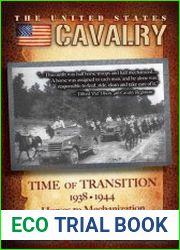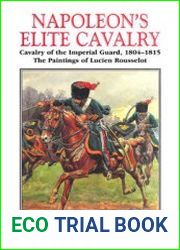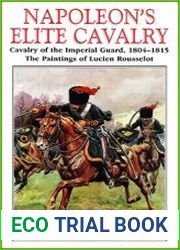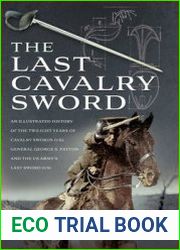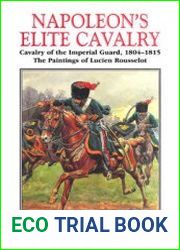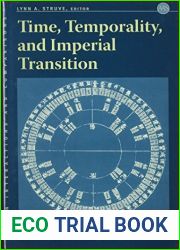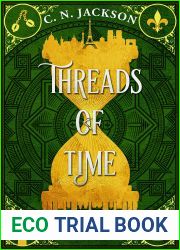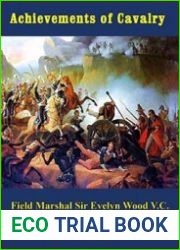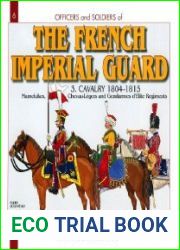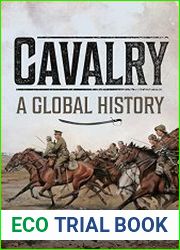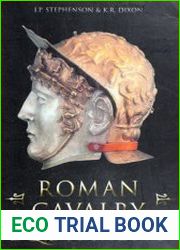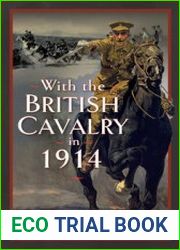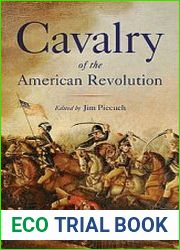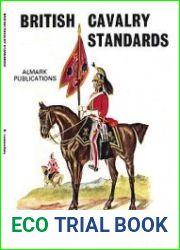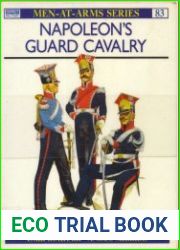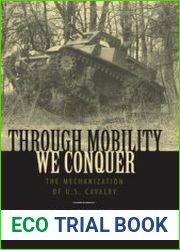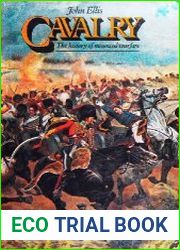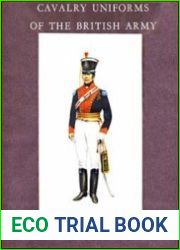
BOOKS - MILITARY HISTORY - The U.S. Cavalry Time of Transition 1938-1944 Horses to Me...

The U.S. Cavalry Time of Transition 1938-1944 Horses to Mechanization
Year: 2013
Pages: 510
Format: AZW3 | EPUB CONV | PDF CONV

Pages: 510
Format: AZW3 | EPUB CONV | PDF CONV

The US Cavalry Time of Transition 1938-1944: Horses to Mechanization Introduction The period between 1938 and 1944 was a time of significant transition for the United States Cavalry, as it shifted from using horses as its primary mode of transportation to mechanized vehicles. This transformation had far-reaching consequences, not only for the military but also for the nation as a whole. In this article, we will explore the reasons behind this change, the challenges faced during the transition, and the impact it had on the country's development. Reasons for Change The switch from horses to mechanized vehicles was driven by several factors. Firstly, the advent of World War II created an urgent need for more mobile and versatile transportation options for the military. Horses were no longer sufficient for the demands of modern warfare, and the US Cavalry needed to adapt to stay competitive. Additionally, the introduction of new technologies such as tanks and half-tracks offered better mobility and firepower, making them more effective in combat situations. Finally, the decline of horse breeding and training programs within the military made it clear that a change was necessary to maintain efficiency and effectiveness. Challenges Faced During Transition The transition from horses to mechanized vehicles was not without its challenges. The US Cavalry had to contend with issues such as: 1. Training and Adaptation: Soldiers had to be trained to operate and maintain the new vehicles, which required significant investments in time and resources. 2. Logistical Challenges: The shift to mechanized vehicles required significant changes to supply chains, maintenance procedures, and infrastructure. 3.
''







